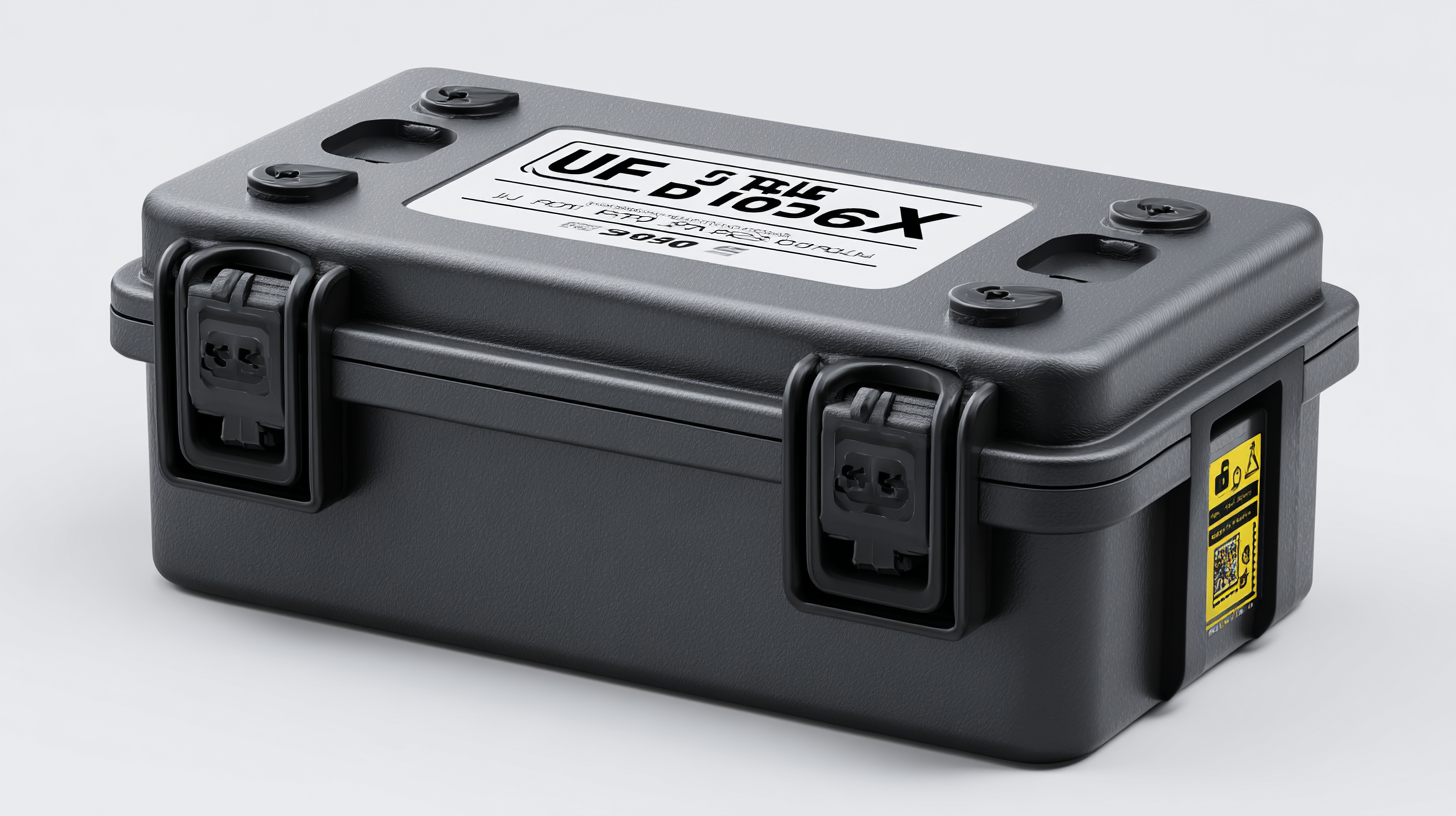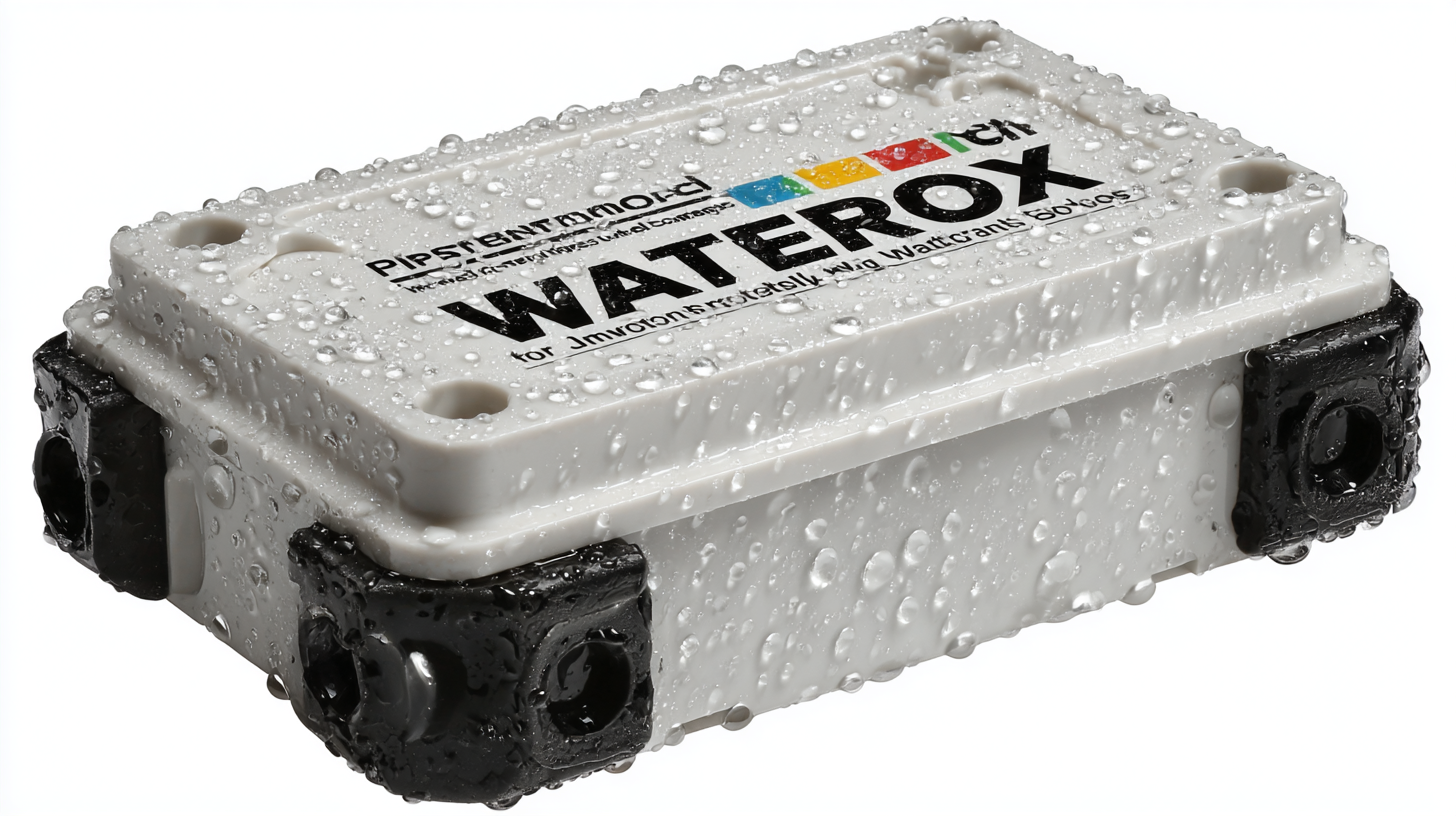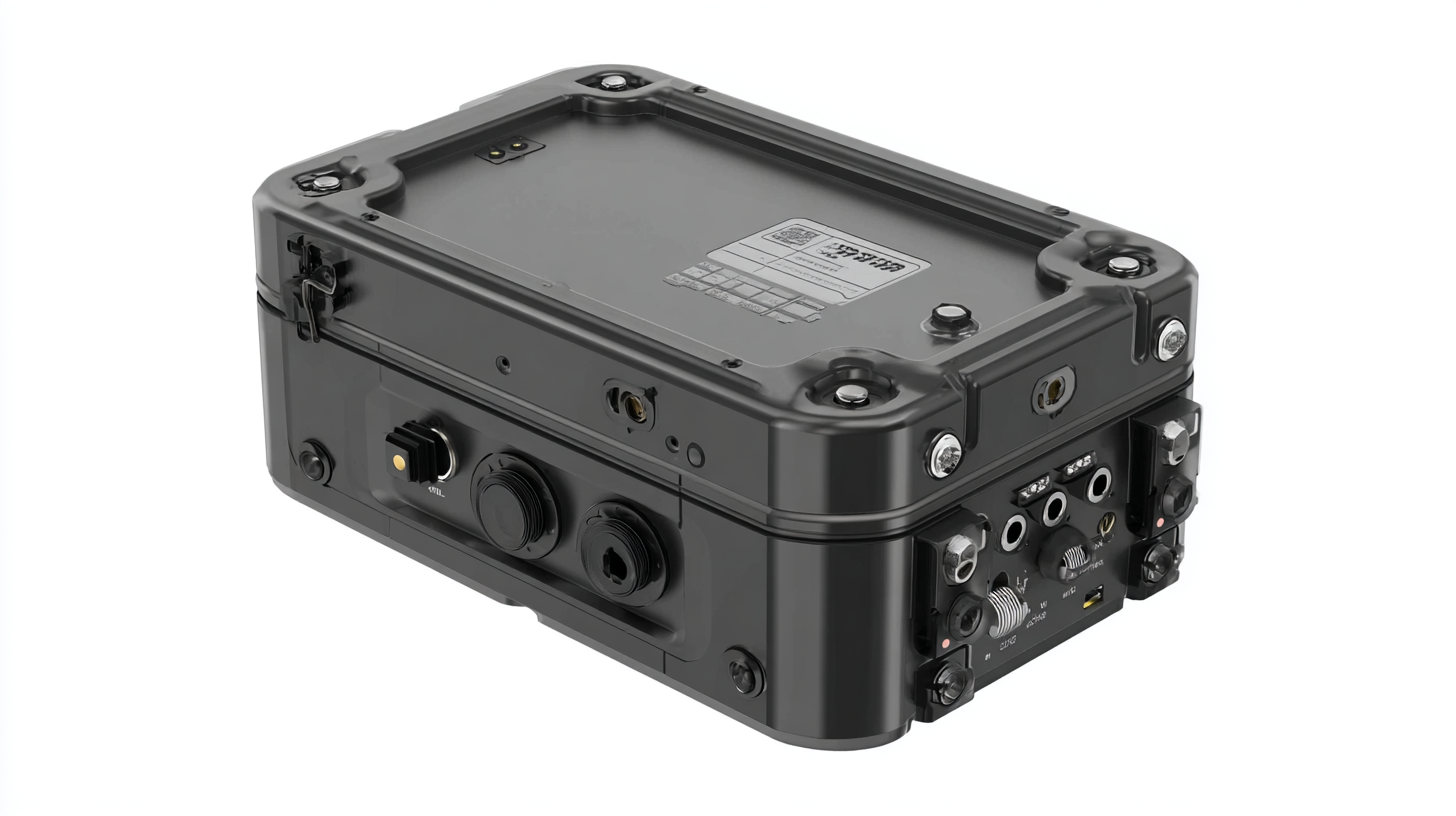
Understanding Industry Standards for Best Plastic Waterproof Junction Box Installation Techniques
In the ever-evolving landscape of electrical installation, the significance of employing proper techniques for Plastic Waterproof Junction Box installation cannot be overstated. As the global market continues to expand, particularly in the Asia-Pacific region where demand for durable and weather-resistant electrical components has surged, manufacturers have responded with innovation and adherence to stringent standards. According to a recent report by Market Research Future, the waterproof junction box market is projected to grow at a CAGR of over 6% from 2021 to 2027, showcasing the increasing importance of effective installation practices. Particularly, Chinese manufacturers have emerged as industry leaders, recognized for their superior products and remarkable export capabilities. By understanding the best practices for installing Plastic Waterproof Junction Boxes, professionals can ensure enhanced durability and safety, ultimately setting a benchmark in the electrical industry.

Understanding the Importance of Plastic Waterproof Junction Boxes in Modern Electrical Installations
Plastic waterproof junction boxes play a crucial role in safeguarding electrical installations, especially in environments exposed to moisture, dust, and other harsh conditions. According to the National Electrical Manufacturers Association (NEMA), more than 70% of electrical failures in outdoor settings are attributed to moisture ingress. This highlights the necessity of incorporating high-quality junction boxes, which are designed to provide an impermeable protective barrier, ensuring the reliability and longevity of electrical systems.
Moreover, industry data indicates that the global junction box market is projected to reach $10 billion by 2025, driven by the increasing demand for waterproof solutions in both residential and commercial sectors. With advancements in materials technology, modern plastic junction boxes are not only lightweight and corrosion-resistant but also customizable to suit various installation requirements. Utilizing standardized installation techniques ensures compliance with the International Electrotechnical Commission (IEC) regulations, which emphasize safety and efficiency in electrical installations. As such, ensuring that junction boxes are properly installed can significantly mitigate potential hazards, ultimately contributing to safer and more efficient electrical systems.

Key Industry Standards: Compliance and Best Practices for Junction Box Installation
The importance of adhering to industry standards when installing plastic waterproof junction boxes cannot be overstated. According to the National Electrical Code (NEC), junction boxes must be constructed of materials that meet specific performance requirements, particularly for moisture resistance. Compliance with standards such as UL 508, which outlines the qualifications for industrial control equipment, ensures that junction boxes maintain integrity in harsh environments. A report by the International Electrotechnical Commission (IEC) indicates that installations using compliant junction boxes can reduce electrical failures by as much as 30%, highlighting the critical role of best practices in enhancing system reliability.
Best practices for junction box installation include ensuring proper sealing methods to prevent water ingress and selecting appropriate mounting locations that minimize exposure to the elements. The National Fire Protection Association (NFPA) recommends periodic inspections and maintenance to verify that waterproof barriers remain intact, safeguarding against potential electrical hazards. Furthermore, the latest research published in the Journal of Electrical Engineering found that installations following these guidelines not only conform to safety standards but also extend the overall lifespan of electrical systems by up to 50%. These insights underscore the necessity of industry compliance for optimal junction box performance.
Market Trends: Analyzing the 2025 Projections for Plastic Junction Box Demand and Growth
As we look ahead to 2025, the demand for plastic junction boxes is anticipated to see significant growth driven by advancements in technology and increasing applications across various industries. The global plastic junction box market is expected to benefit from trends such as the shift towards sustainable packaging solutions and the integration of smart technologies in construction and electrical installations. With projections showing continued growth, stakeholders must adapt to evolving standards and ensure proper installation techniques that enhance durability and functionality.

Tips for Effective Installation:
1. Choose the Right Materials: When selecting a plastic junction box, consider the specific environmental conditions it will face. Opt for UV-resistant and thermally stable plastics to ensure longevity.
2. Follow Industry Standards: Adhering to industrial standards during installation can mitigate risks such as moisture ingress. Ensure all sealing and fastening methods meet recommended guidelines to maintain waterproof integrity.
3. Regular Maintenance Checks: Schedule routine inspections of junction boxes to identify any wear or damage. Early detection of issues can prevent larger problems and ensure safe operation.
Understanding these market dynamics and best practices will be crucial for manufacturers and installers aiming to optimize their operations in the growing sector of plastic junction boxes.
Case Studies: Successful Applications of Plastic Waterproof Junction Boxes in Various Sectors
Plastic waterproof junction boxes have become essential components across various sectors due to their durability and versatility. Case studies illustrate their successful applications in industries such as telecommunications, construction, and renewable energy. For instance, in telecommunications, a report from the International Telecommunication Union highlights that over 70% of network infrastructure relies on robust housing solutions. Plastic waterproof junction boxes provide the necessary protection against environmental factors, which is crucial for maintaining system integrity and minimizing downtime.
In the construction sector, a study by the National Electrical Contractors Association indicates that 65% of electrical installations now utilize waterproof junction boxes to meet stringent safety standards. By incorporating these protective enclosures, contractors not only ensure compliance with industry regulations but also enhance the lifespan of electrical systems. One notable application involved a large-scale construction project in Seattle, where plastic waterproof junction boxes were employed to safeguard critical wiring from water exposure, ultimately reducing maintenance costs by 40%.
The renewable energy sector is another area witnessing the benefits of plastic waterproof junction boxes. A report by the U.S. Department of Energy shows that waterproof solutions contribute to a 30% increase in operational efficiency for solar panel installations. A prominent solar farm in California has successfully implemented these junction boxes, resulting in sustained performance and reliability, even in harsh weather conditions. These case studies underscore the importance of adopting industry standards for installation techniques to maximize the benefits of plastic waterproof junction boxes across various applications.
Expert Insights: Challenges and Solutions in Achieving Optimal Waterproofing Techniques
When it comes to installing plastic waterproof junction boxes, achieving optimal waterproofing can be a challenging task. Experts often highlight that one of the primary concerns is the selection of suitable materials and sealing techniques. Incorrect material choices can lead to premature wear, while inadequate sealing can cause leaks, risking the integrity of electrical components housed within. To address these challenges, professionals recommend using high-grade, UV-stabilized plastics specifically designed for outdoor applications, paired with silicone-based sealants that offer superior adhesion and flexibility.
Another significant challenge in waterproof junction box installation is ensuring proper cable entry methods. Many installations utilize grommets or cable glands which, if not correctly installed, can compromise the entire waterproofing system. Experts emphasize the need for careful installation procedures, including proper torque settings for cable glands and the use of appropriate fittings to prevent any potential water ingress. Regular maintenance checks post-installation further help in identifying and rectifying any signs of moisture accumulation, ensuring the longevity and effectiveness of the waterproof junction boxes in various environmental conditions.
Waterproof Junction Box Installation Techniques
This chart illustrates the challenge levels associated with various factors affecting the installation techniques of waterproof junction boxes. A higher score represents greater challenges faced in achieving optimal waterproofing.
